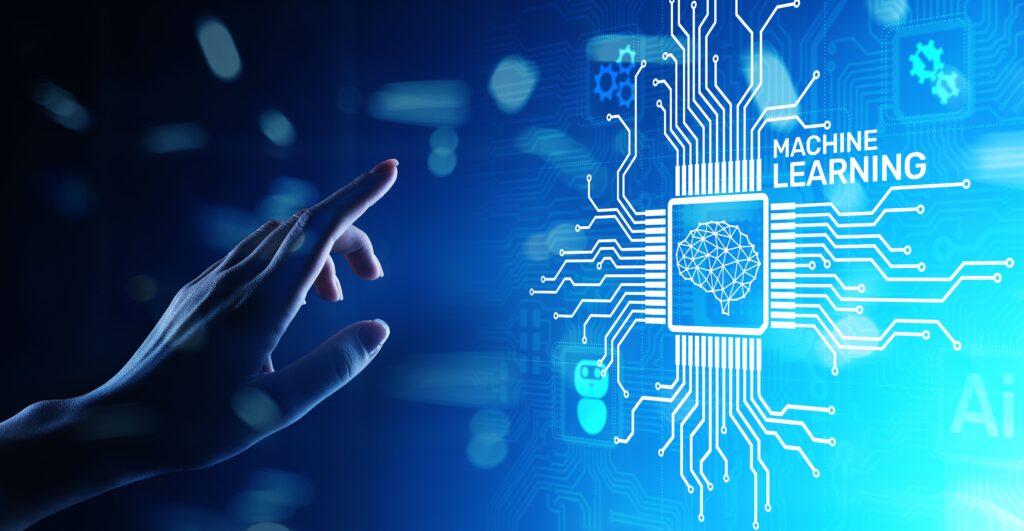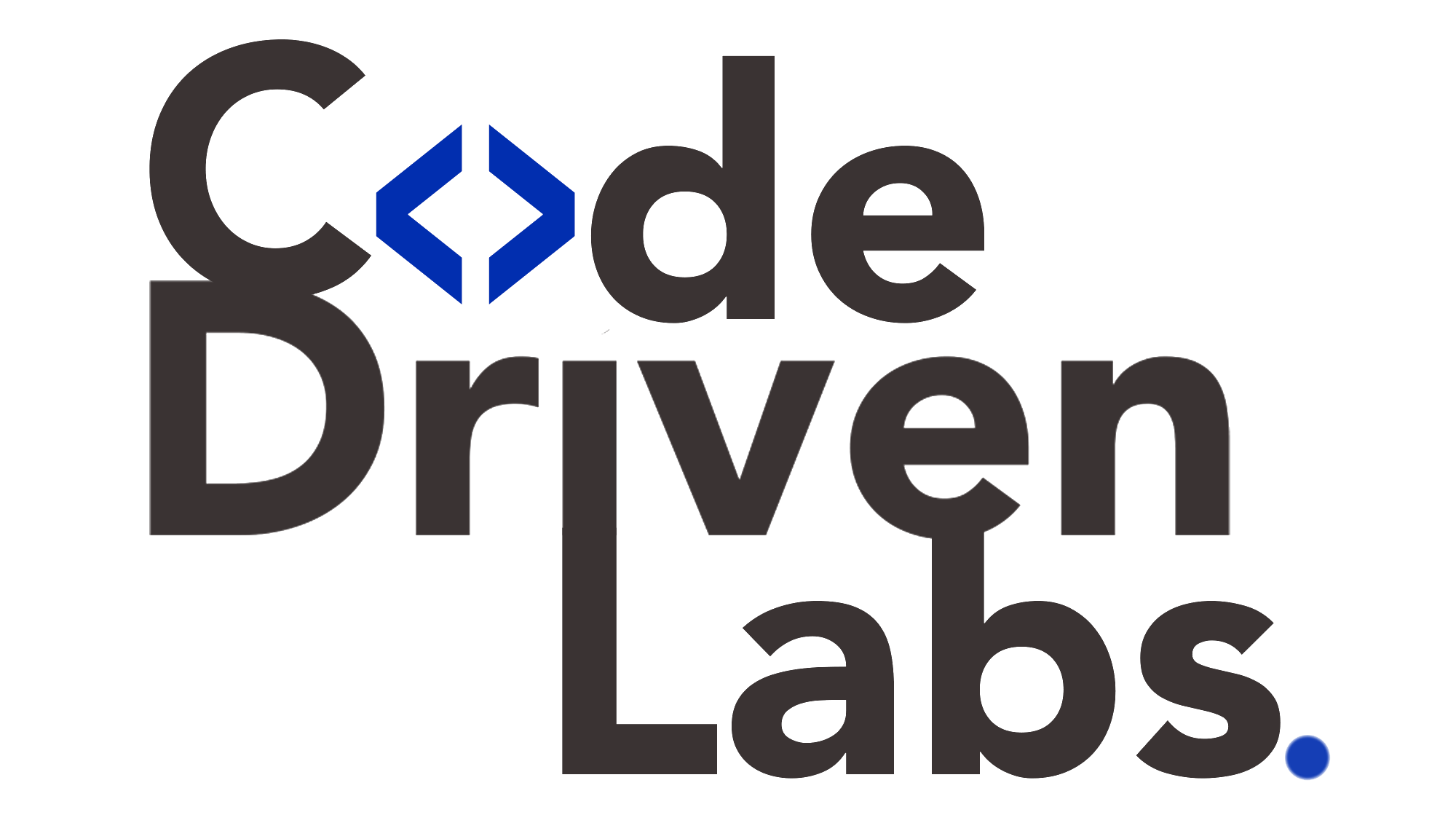Level up your business with US.
- Home
- Self-Supervised Learning: The Next Frontier in Training Smarter ML Models
Self-Supervised Learning: The Next Frontier in Training Smarter ML Models
July 31, 2025 - Blog
Self-Supervised Learning: The Next Frontier in Training Smarter ML Models
The exponential growth of data, combined with the increasing demand for intelligent systems, is reshaping the way we train machine learning (ML) models. Traditionally, supervised learning — which relies heavily on labeled datasets — has been the gold standard. However, labeling data is expensive, time-consuming, and often impractical at scale.
Enter self-supervised learning (SSL) — a paradigm shift in ML that allows models to learn useful representations from unlabeled data by creating their own supervision. In 2025, self-supervised learning is poised to redefine how we build smarter, more scalable, and cost-efficient machine learning systems.
What Is Self-Supervised Learning?
Self-supervised learning is a method where the model learns to predict parts of the data from other parts. It involves using inherent structure within the data to generate labels — essentially transforming unsupervised data into supervised problems.
For instance, in natural language processing (NLP), models like BERT and GPT are trained to predict missing words in a sentence. In computer vision, SSL tasks might involve predicting the rotation of an image or reconstructing a masked portion of a picture.
Unlike supervised learning, which depends on human-annotated datasets, SSL harnesses massive amounts of unlabeled data, making it a game-changer in domains where labeled data is scarce or unavailable.

Why Self-Supervised Learning Is Gaining Momentum in 2025
-
Data Abundance Meets Label Scarcity
With IoT, social media, and enterprise systems generating terabytes of data daily, there is no shortage of raw information. But converting it into labeled data remains a bottleneck. SSL offers a way to leverage unlabeled datasets effectively. -
Performance Improvements
SSL models have demonstrated impressive results across tasks in NLP, computer vision, and speech recognition. In many benchmarks, self-supervised models now match or even surpass supervised counterparts. -
Cost Efficiency
Eliminating the need for manual annotation drastically reduces development costs. For startups and enterprises alike, this means building smarter models without breaking the budget. -
Foundation for General AI
Self-supervised learning is seen as a critical component in the path toward general artificial intelligence. It encourages models to build a more holistic understanding of data, leading to generalizable knowledge across domains.
Applications of Self-Supervised Learning
-
Natural Language Processing (NLP): Language models like GPT-4, BERT, and T5 are built using SSL principles. Tasks include translation, summarization, and question answering.
-
Computer Vision: SSL is used to pre-train models on unlabeled images before fine-tuning on specific tasks like object detection or facial recognition.
-
Speech and Audio Processing: Models like wav2vec use SSL for speech recognition, enabling training on massive unlabeled audio corpora.
-
Healthcare: SSL can analyze vast medical images and records, learning patterns without requiring costly annotations from medical experts.
-
Finance: Fraud detection systems can benefit from SSL by learning behavioral patterns from transaction data without labeled examples.
Key Techniques in Self-Supervised Learning
-
Contrastive Learning
The model learns by comparing similar and dissimilar data points, reinforcing the distinction between classes in the learned representation. -
Masked Prediction
Techniques like Masked Language Modeling (MLM) or Masked Image Modeling (MIM) help models predict missing pieces of input data, improving context understanding. -
Pretext Tasks
Self-supervised models often use tasks like image rotation prediction or audio-visual alignment to pre-train neural networks. -
Clustering-Based Learning
Models learn to group similar data points, enabling downstream classification or anomaly detection tasks.
Best Practices for Implementing Self-Supervised Learning
-
Start with Pre-Trained Models: Use pre-trained SSL models to save time and computational resources.
-
Use High-Quality Unlabeled Data: Even though SSL doesn’t require labels, the quality of raw data significantly impacts outcomes.
-
Choose the Right Pretext Task: Different domains require different pretext strategies. For example, NLP benefits from masked word prediction, while vision tasks often use image transformation.
-
Evaluate Representations: Use linear probing or fine-tuning on labeled datasets to validate the utility of learned representations.
How Code Driven Labs Helps Businesses with Self-Supervised Learning
At Code Driven Labs, we understand that staying ahead in the AI landscape requires not just adoption of the latest technologies — but implementation that’s strategic, scalable, and aligned with business goals.
Here’s how we empower companies with self-supervised learning:
1. Custom Model Development
We design and develop SSL models tailored to your industry and use case — whether it’s document classification in legal tech or predictive maintenance in manufacturing. Our team ensures the models are optimized for your specific business KPIs.
2. Unlabeled Data Utilization
We help you turn your organization’s raw, unlabeled data into actionable intelligence. Our pipelines extract features, preprocess input, and structure pretext tasks that unlock hidden insights without the burden of manual labeling.
3. Integration with MLOps
We integrate SSL models into your existing MLOps infrastructure, ensuring continuous delivery, version control, and monitoring. Our DevOps-first approach guarantees smooth deployment and real-time model updates.
4. Training and Fine-Tuning Support
We assist in pretraining large SSL models and fine-tuning them for specific downstream tasks. Whether you’re using open-source architectures or developing proprietary ones, we manage the full lifecycle.
5. Cost Optimization
By reducing dependency on labeled datasets, we cut your AI development costs significantly. Our efficient cloud-based training setups also help minimize infrastructure overhead.
6. Explainability and Risk Mitigation
Our models come with built-in tools for explainability, bias detection, and compliance. This is especially vital for sensitive sectors like finance, insurance, and healthcare.
Conclusion: The Future Belongs to Self-Supervised Learning
Self-supervised learning is not just a trend — it’s the future of machine learning. In 2025 and beyond, it will redefine how developers build models, how businesses extract value from their data, and how innovation scales across industries.
As the reliance on labeled data diminishes, companies that leverage SSL will outpace competitors in agility, cost-efficiency, and performance. Whether you’re a startup or an enterprise, the time to explore and invest in self-supervised learning is now.
Partnering with Code Driven Labs means gaining a trusted technology partner that brings deep expertise, industry best practices, and a results-driven approach to your AI strategy.
